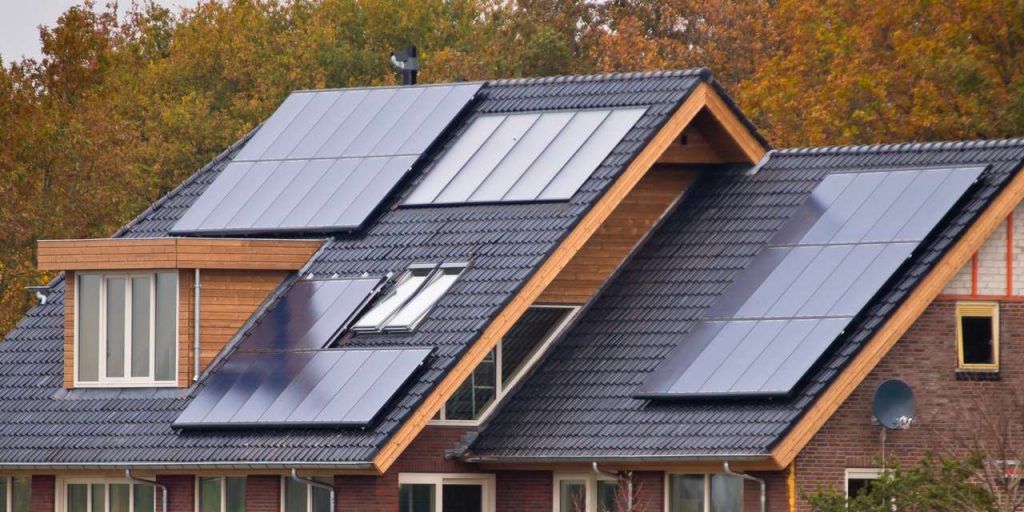Solar array size is usually designed based on a property’s historical electrical consumption over a 12-month period. Since solar power is only generated during daylight hours, excess amounts must be stored for meeting nighttime electrical needs. However, bigger does not necessarily mean better!
For grid-tied properties, a solar net metering agreement with the utility can accomplish this. Sending excess solar electricity to the grid during the day and retrieving it again for the property’s consumption at night. This is most economic when the utility only “net bills” monthly for the difference between the electricity taken from the grid, less that stored on the grid.
Reasonable economic are also achieved when the utility pays the owner the off-peak price for electricity stored on the grid and market price for electricity purchased from the grid.
For off-grid properties, or where the utility pays much less than the market price for excess solar electricity stored on the grid, battery storage is an option. For off-grid applications, batteries become more of a necessity, with the only other option of gas or diesel generators at night. These are noisy, require maintenance and can be unreliable.
For grid-tied properties, only producing enough power during the day to meet daytime requirements is likely most economic where utility buy-back terms are meager. Those owners wishing to be less dependent on the utility, and have the security of power during a blackout, will choose to install battery backup. In this way, their batteries are charged by excess solar generated during the day and this power is supplied to the property to meet consumption needs through the night.
Similarly, during a blackout the property’s electricity needs are completely supplied by the solar and battery system 24/7. Though not as economic as net billing or off-peak electricity credits offered by the utility, this does give the owner security and control over supplying their own power needs.
Often, the utility will place restrictions on a grid-tied property’s solar array size depending on the electrical service design or actual annual consumption. Even the maximum allowable size may not produce enough electricity during the peak air conditioning or heating season in the event of an outage.
It will be necessary to compliment the solar and battery with a generator to top off the battery in the evening and early morning. The battery can then provide the property quiet electricity through the night.
Consideration is also given to how this electrical consumption may change in the future. Increased future consumption, may come from a growing family size, adding a pool or purchasing one or more electric vehicles. Decreased future consumption may occur when grown children leave home, old inefficient AC units or appliances are replaced with new high-efficiency models, or more insulation is added to the property.
The economic size of a solar array may be restricted to the amount of attractive roof or ground space is available to install solar panels at the property. Or limited to a specific size of investment, based on the owner’s financial capability or comfort.
A thorough understanding is required of current and future electricity needs. Also, what the utility offers to solar customers. How they will store excess production, and at what cost. The availability of attractive space for solar panels can be a limiting factor, as is cash or financing constraints.
Careful consideration of each is all-important to determine a property’s optimal solar array size. Remember that going big will not necessarily result in the best financial result for the property owner!







